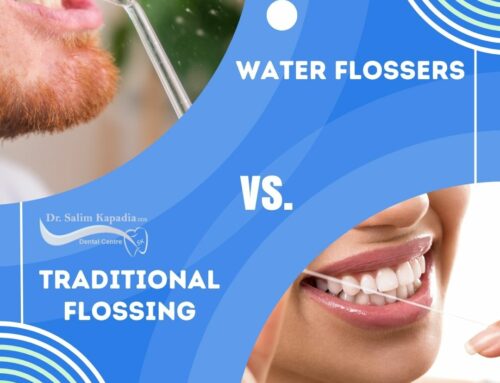
Oral thrush is an infection caused by an overgrowth of the fungus Candida. Oral thrush is frequent in newborns, the elderly, and those who spend a lot of time in hospitals.
White spots or rashes distinguish thrush on the tongue or the inner cheeks. Some people say the spots resemble cottage cheese. These patches can occasionally extend to your gums, tonsils, or the roof of your mouth. If they go to your gums, you may experience inflammation or irritation. Oral thrush is a minor issue if you’re healthy, but if you have a weaker immune system, symptoms may be more severe and harder to control.
The candida fungus is present in small levels in your mouth, digestive tract, and skin. It’s normal for it to exist and is usually kept in check by the other bacteria in your body. However, certain illnesses or treatments, such as corticosteroids or antibiotics, can throw the balance off. This can cause the fungus to overgrow and develop thrush. It can also be caused by medical disorders such as stress, uncontrolled diabetes, HIV infection, and cancer. You’re more prone to thrush if you smoke or wear dentures that don’t fit properly. Furthermore, newborns might transmit the virus to their moms during breastfeeding.
Oral thrush may not create any symptoms in its early stages. However, as the infection progresses, you may notice one or more of the following symptoms:
- White or yellow bumps on your inner cheeks, tongue, tonsils, gums, or lips;
- Slight bleeding if the bumps are scraped; soreness or burning in your mouth;
- A cotton-like sensation in your mouth;
- Dry, cracked skin at the corners of your mouth;
- Difficulty swallowing or loss of taste.
Your dentist or doctor may perform a biopsy on the affected area to confirm the diagnosis. Antifungal medicines are used to treat oral thrush. These are often available in tablet, lozenge, and mouthwash form.
Book an appointment with our Scarborough dental office for all your oral health needs: https://drsalimkapadiadental.com/online-appointments/






